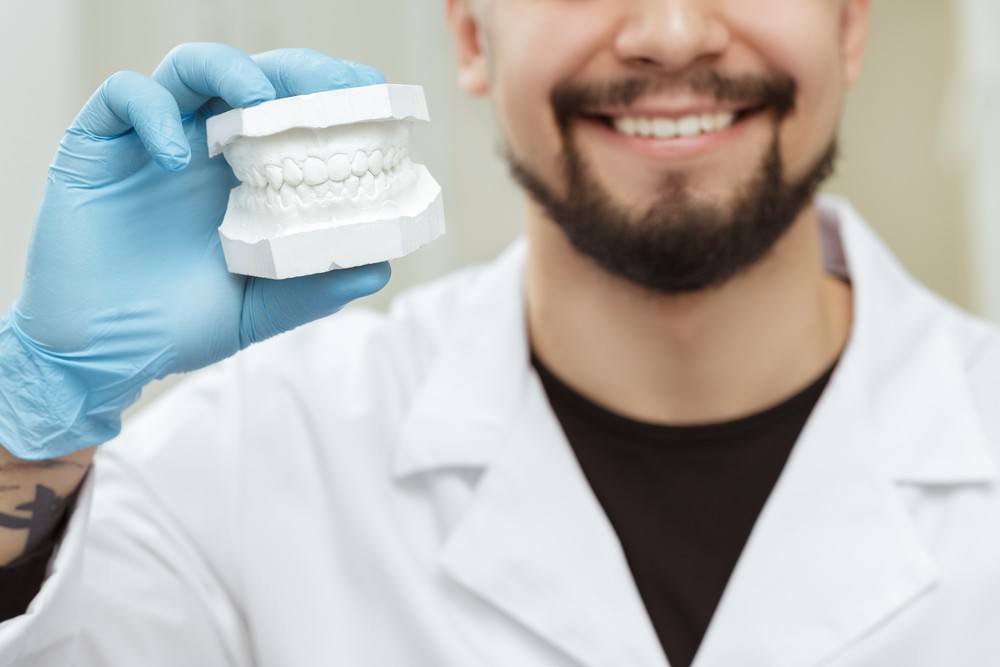
If you have temporomandibular joint (TMJ) disorder, you already know how painful this often debilitating condition can be. Unfortunately, sometimes finding relief for that pain is nearly impossible. The good news is that with neuromuscular dentistry, TMJ disorder pain can subside and you can go back to living a normal, pain-free life. But in the meantime, lingering pain doesn’t have to stop you in your tracks. Here are some tips and tricks you can try to help ease TMJ disorder pain, whether you’re under treatment for the condition or not.




 If you have temporomandibular joint disorder, you know the pain and frustration that usually goes along with it: stiff neck and jaw, headaches, back aches and ringing ears, just to name a few. It can often feel like neuromuscular dentistry treatment isn’t working fast enough, and there’s nothing you can do to ease the pain in the interim. But there’s a treatment you may not have considered, and it works concurrently with your neuromuscular dentistry treatment: physical therapy.
If you have temporomandibular joint disorder, you know the pain and frustration that usually goes along with it: stiff neck and jaw, headaches, back aches and ringing ears, just to name a few. It can often feel like neuromuscular dentistry treatment isn’t working fast enough, and there’s nothing you can do to ease the pain in the interim. But there’s a treatment you may not have considered, and it works concurrently with your neuromuscular dentistry treatment: physical therapy. Temporomandibular joint disorder can take the pleasure out of many things most people take for granted: singing, talking - even Halloween. That’s right. Halloween should be a fun day full of candy and costumes, but for someone with TMJ disorder, it can be a real nightmare. That’s because TMJ disorder can make normally enjoyable activities painful. But Halloween doesn’t have to be scary for your TMJ disorder! Here are some TMJ-disorder-friendly Halloween tips for the most spooktacular Halloween ever.
Temporomandibular joint disorder can take the pleasure out of many things most people take for granted: singing, talking - even Halloween. That’s right. Halloween should be a fun day full of candy and costumes, but for someone with TMJ disorder, it can be a real nightmare. That’s because TMJ disorder can make normally enjoyable activities painful. But Halloween doesn’t have to be scary for your TMJ disorder! Here are some TMJ-disorder-friendly Halloween tips for the most spooktacular Halloween ever. It’s not always easy being a woman - especially when it comes to your temporomandibular joint. That’s because, according to research, women ages 20 to 35 experience the most severe temporomandibular joint disorder symptoms of any age or gender group.
It’s not always easy being a woman - especially when it comes to your temporomandibular joint. That’s because, according to research, women ages 20 to 35 experience the most severe temporomandibular joint disorder symptoms of any age or gender group.